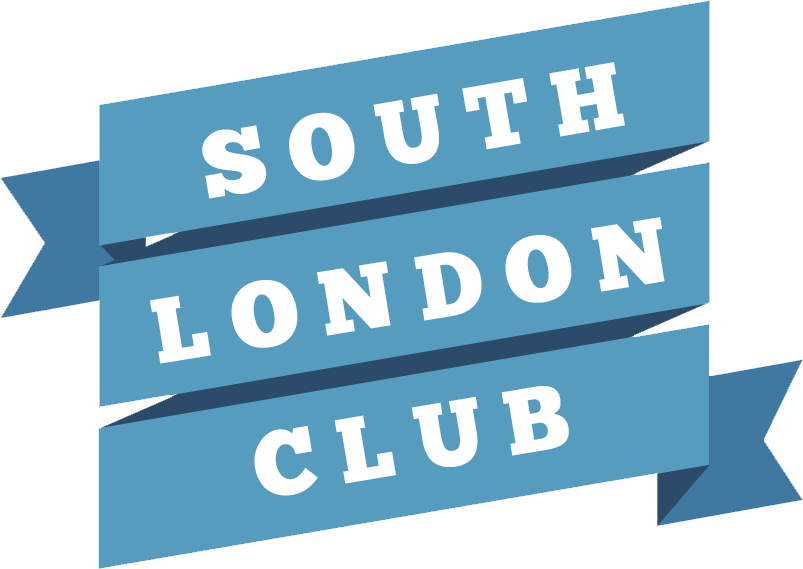The definitive reason behind Catford’s name was lost to the winds of time eons ago. Scholars still maintain however, that the name is a reminder of the giant fibreglass cat that bestrode the area and looked down upon the civilians. The massive cat would ford its way over the populace, looking to catch any unsuspecting passers-by and take them back to its lair known as ‘Iceland’. That’s what will be said in a hundred years if Catford is still around. We guarantee it. In truth, the most likely reason for the name is a shortening of 'cattle ford' but such is the power of the Catford Cat that there are some who believe that the ‘cat’ half of Catford is a reference to felines in some capacity.
Be it the presence of wild cats prowling around, or cattle crossing, one thing is certain: Catford runs right over the mighty Ravensbourne River so the ‘ford’ bit is a no-brainer. Now, however, the Catford Cat is more relevant to Catford than cattle have ever been. You really know you’ve entered Catford once you catch sight of the iconic fibreglass structure. It is Catford’s landmark, and here is a brief history of the eponymous, iconic, unmatched, Catford Cat.
Erected in 1974 as part of the Catford Centre development, its existence is down to design decisions made by architects Owen Luder and Rodney Gordon (the pair also designed the Michael Faraday Memorial in Elephant & Castle, you know, the big silver box in the middle of the roundabout). More famed for designing brutalist structures like the now demolished Trinity Square car park in Gateshead -made famous by the 1971 Michael Caine film Get Carter- and Eros House, just down the round from the Catford Cat.
The fibreglass structure itself was produced and installed by a now insolvent company known as Embassy Signs. Where the Catford Cat stands in any discussion of brutalism should be left to the experts, however, much like many of the brutalist structures produced by the Owen Luder partnership, it has faced numerous threats of demolition, or at least the Catford Centre it is part of has. Unlike many of those structures, there seems to be agreement amongst the residents of Catford, nay, all of South London, that the Catford Cat is a structure that has to be retained, even if the Catford Centre is destroyed.
It would appear that the Catford Cat is such an iconic structure that Catford may as well be named after it these days.
WHAT IS THE SOUTH LONDON CLUB?
The South London Club is a local discount card to help support small independent businesses across South London whilst saving all who live, work & play in South London money! With over 500+ local discounts to choose from, you will discover & explore all the best hidden gems in South London. Join over 4,000 of us & celebrate all that's independent & South London!


